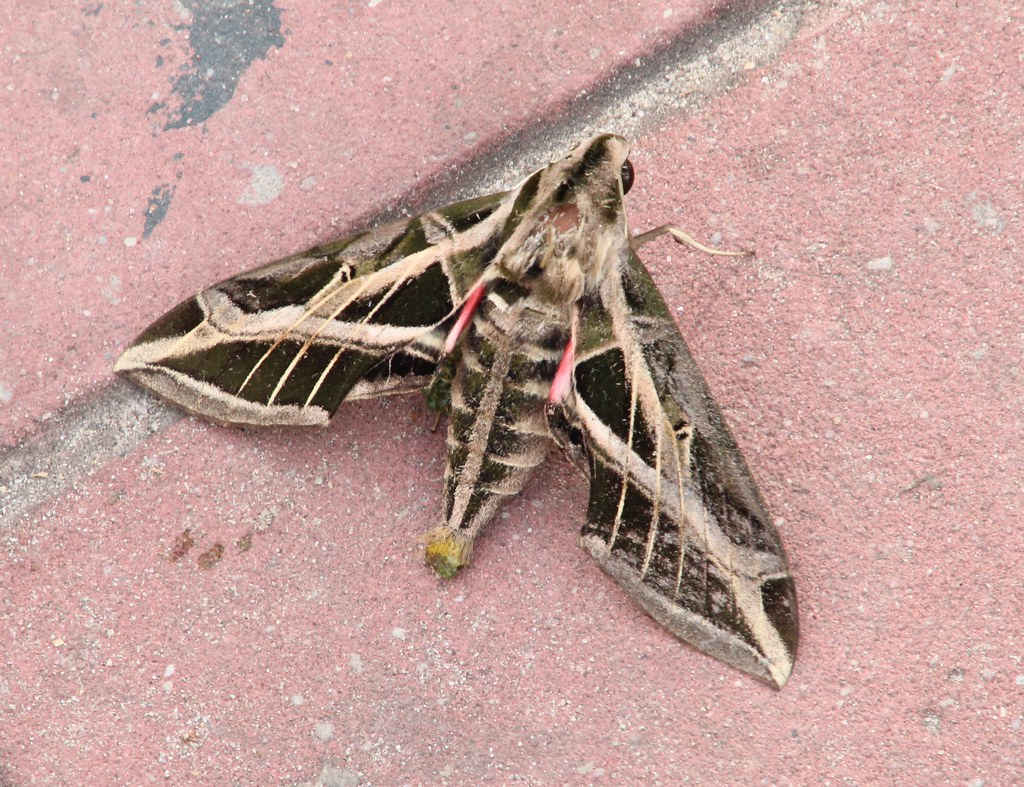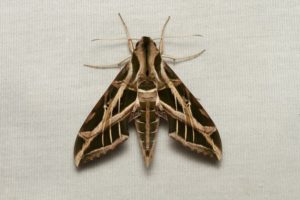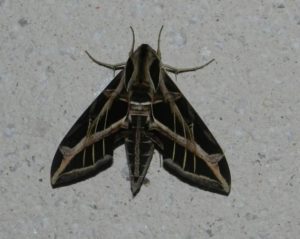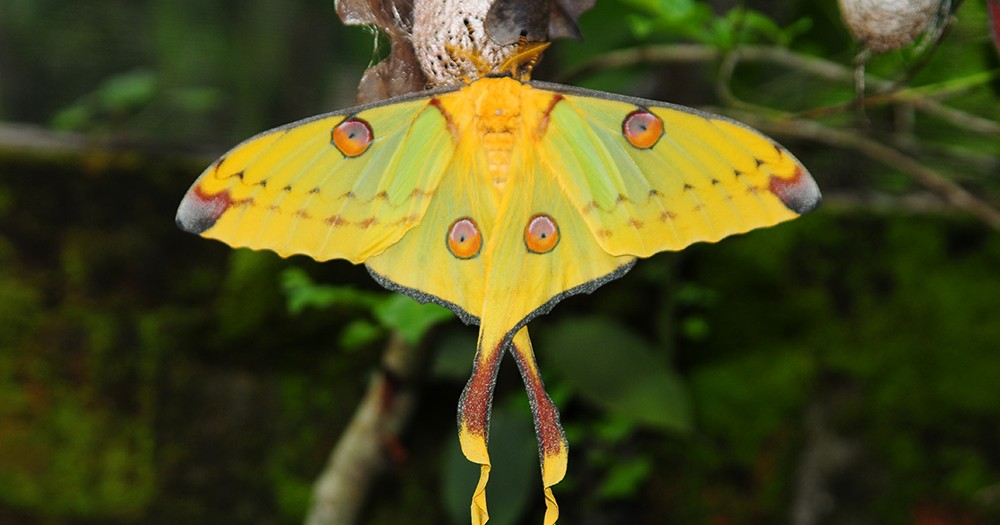Vine Sphinx Moth (Eumorpha vitis)
The vine sphinx moth is a member of the family of hawk moths. Famed Swedish zoologist Carl Linnaeus first described this species in 1758.
Live.staticflickr.com
Scientific Classification
- Family: Sphingidae
- Genus: Eumorpha
- Scientific Name: Eumorpha vitis
Description and Identification
Caterpillar
The larvae can be found in one of three colors – pink, pale green, or lemony green. There are five pairs of diagonal lines along its body, with black dots sometimes being present.
Pupa
After maturing, the larvae begin to pupate in burrows.
Adult Moth
Sexual Dimorphism: Present but not prominent.
The males appear darker and smaller than the females.
Color and Appearance
Forewing: When opened, the wings have sharp pinkish-white bands and streaks. When closed, the patterns remain the same.
Hindwing: When opened, a pink patch is visible along the inner margin and a pale, whitish brown one along the outer margin. When closed, the patterns are still present but less visible.
Average wingspan: 85–105 mm
Flight pattern: Consistent
Season: July to October
Egg
Females lay their eggs close to the host plant.
Quick Facts
| Distribution | The Americas, including Argentina, north through Central America, the West Indies, Mexico, and the states of southern Arizona, Texas, Mississippi, and Florida in the United States. |
| Habitat | Tropical and subtropical lowlands |
| Lifespan of Adults | Not recorded |
| Host Plants | Grape, grape ivy, sweetbay, vine, and willow primrose |
| Adult Diet | Nectar from flowers, including rosy periwinkle and orchids. |
Scientific Classification
- Family: Sphingidae
- Genus: Eumorpha
- Scientific Name: Eumorpha vitis




